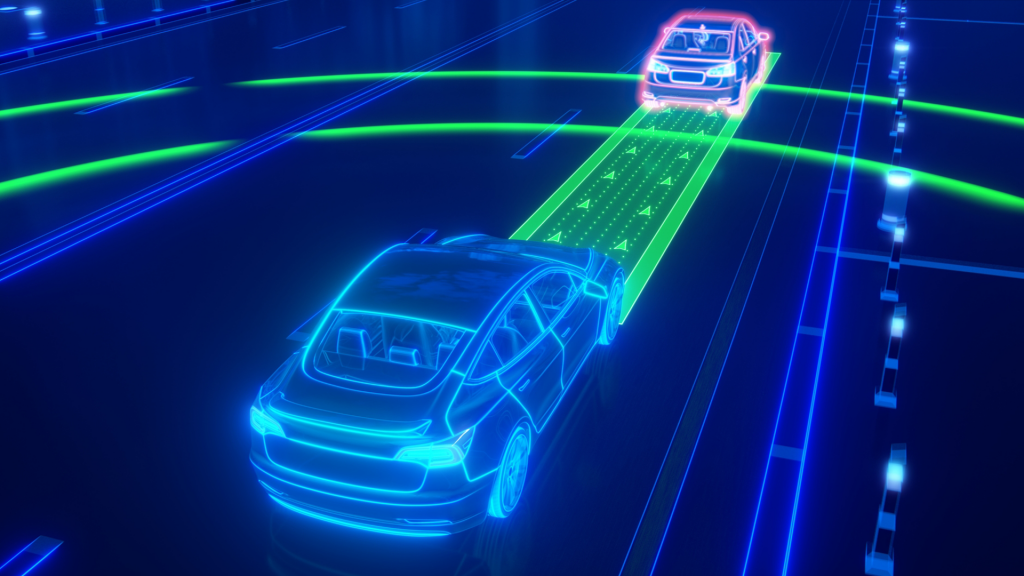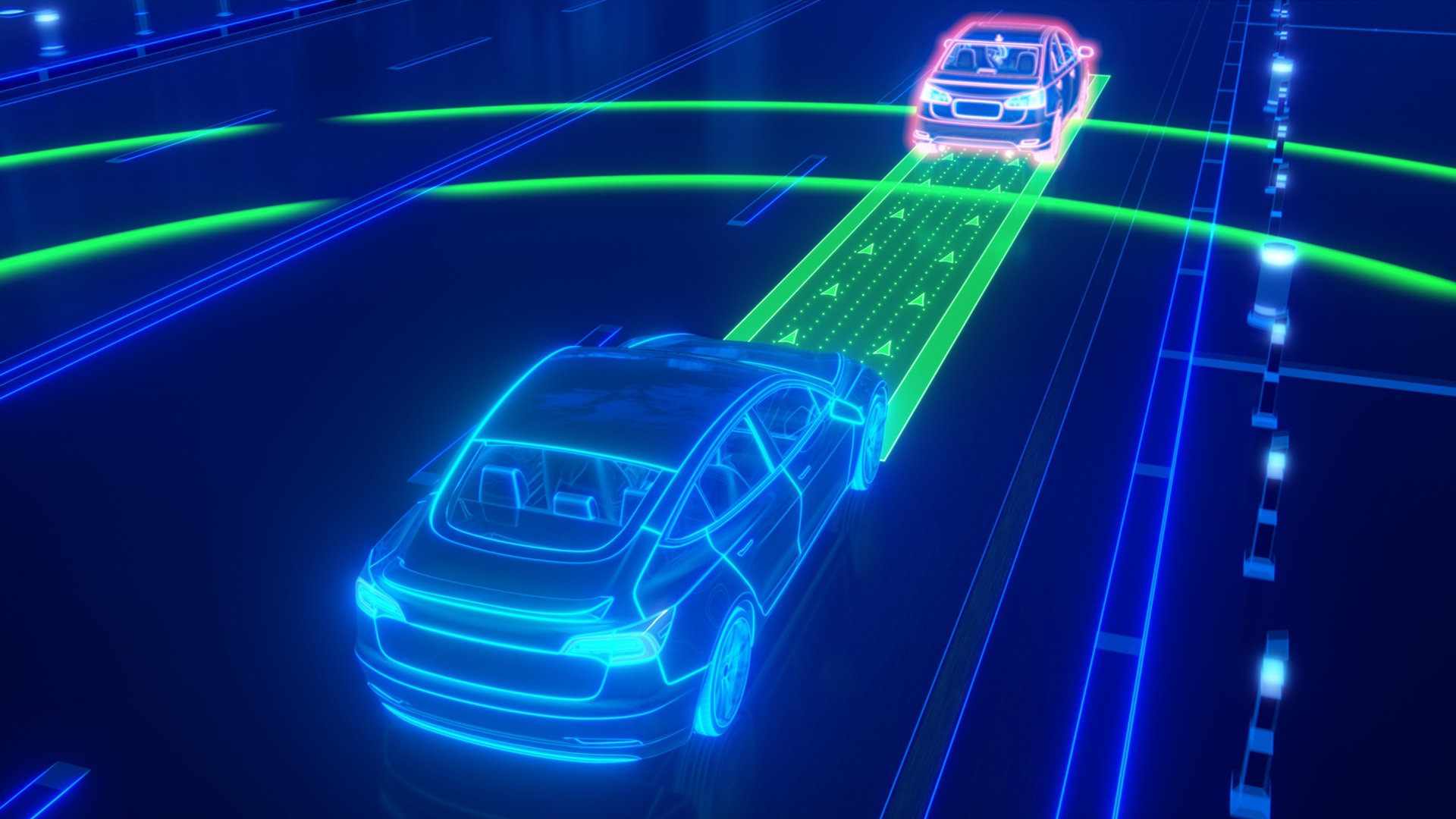
Accelerating autonomous vehicle development

Autonomous technology is expected to be one of the automotive industry’s biggest disruptors. A fully realized autonomous future will alter the economics of consumer mobility and transform business models. It is expected to revolutionize transportation for all and enable “Vision Zero,” a global initiative with one clear and simple goal: zero fatalities or serious injuries on our roadways.
According to the latest statistics from the World Health Organization, approximately 1.35 million people die each year as a result of road traffic crashes. Traffic congestion in urban areas also contributes to billions of gallons of fuel and associated dollars wasted. Not to mention the time lost in frustrating driving conditions. Autonomous technology holds the promise of addressing these issues. It will also help realize significant societal benefits, including greater mobility for citizens with a variety of disabilities.
A large, diverse and growing variety of automotive players—from OEMs, suppliers and incumbents to technology players to startups—are venturing into the autonomous development arena and speeding down the road to self-driving vehicles. Over the last four years, we have seen a staggering $90-billion-plus investment pour in to develop autonomous technology.
For new entrants, this road to autonomy and self-driving vehicles is Level 4-plus on the 5-level autonomy scale established by the Society of Automotive Engineers (SAE). While for incumbents, it’s a gradual progression—from advanced driver assist technologies (SAE Level 2) to fully autonomous (SAE Level 5).
The immense range of capabilities and sophistication required for autonomous development makes higher levels of automation a challenge: in-vehicle hardware and software platforms, sensor fusion, deep learning, simulation, test, validation, massive volume data transfer from the vehicles, and runtime capabilities.
Looking to the cloud
Given the complexity of advancing driverless vehicles, the automotive ecosystem is looking to the cloud to scale autonomous engineering and innovation programs.
To accelerate autonomous vehicle development, Microsoft is helping the industry leverage intelligent cloud and edge for autonomous needs of massive data ingestion, storage, curation, management, analysis, simulation, deep learning, AI, training, validation and runtime services.
Through strategic product investments, we are optimizing Microsoft Azure for autonomous driving, and we anchor our solutions, both first party and partner-based, against a strong industry-vetted toolchain that spans the various stages of development, validation, runtime deployments and feedback loops.
We provide industry-leading, first-party workloads to plug and play in the toolchain while our automotive partners provide end-solution components on top of them to enable the much-needed, global, secure and hyper-scale cloud-based development.
Partnering for the future
To get autonomous vehicles on the road faster, it will also take strong and creative partnerships—across business, technology, government, research, and more. We are already witnessing alliances that would have been unimaginable in the past.
At Microsoft, we strongly believe it takes all of us working together; no one person or organization can do it alone. That’s why we are building ecosystem partnerships to enable autonomous driving platforms and working with not-for-profit entities to enable autonomous and smart mobility testing and standards development and drive compliance.
At a more granular level, the collaborations we have with our automotive industry partners are key to both our success and our customers, and we’re thrilled by the joint innovation we now can and are driving in the automotive industry with them and our customers.
For example, FEV Europe GmbH’s new solution is putting SAE Level 3 autonomous driving on track with the cloud, analyzing 40-terabytes of sensor data per car per day and automatically marking out relevant driving situations in real-time.
Audi AG is using Microsoft Azure to scale up its level of vehicle automation at a faster pace and with increased data security. And LG Electronics is leveraging Microsoft’s Azure cloud and AI to enhance and further grow its autonomous vehicle and infotainment system business. Here are some other recent examples of how we’re partnering with automakers and technology providers to advance autonomous development.
To learn more about Microsoft’s work in the autonomous space, visit our new Automotive Industry page. You can also download a complimentary copy of Frost & Sullivan’s Global Autonomous Driving Market Outlook Report.




